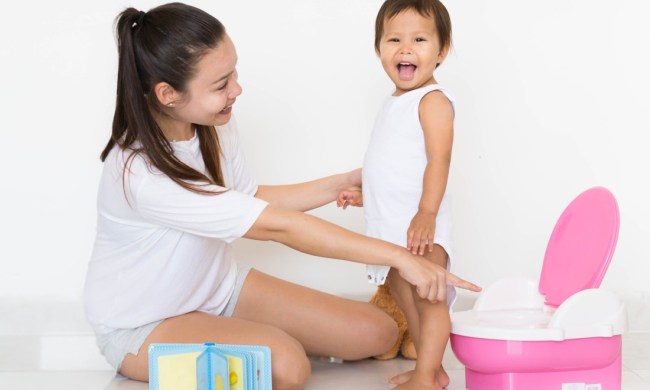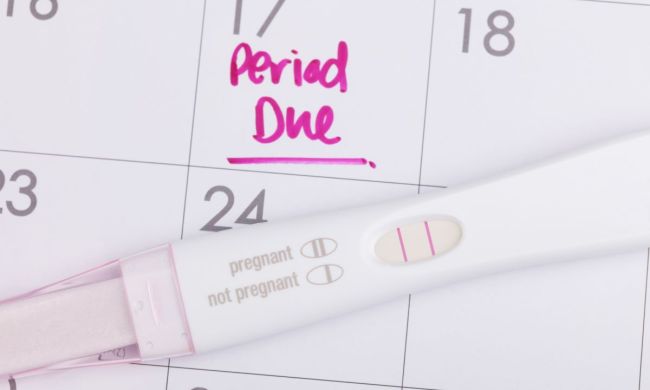Pregnancy hormones are responsible for that attractive glow that everyone loves and compliments. In some cases, however, it also causes surprising hair growth in unwanted areas. If you’ve noticed some extra body hair and are less than crazy about it, you’re not alone. Many pregnant women turn to waxing as a safe way to remove this new hair and feel more confident about themselves. With the proper precautions, waxing may be the best solution for you to enjoy all the flush and none of the fuzz.

Why all the hair?
Let’s take a moment to acknowledge that you’re creating a new life! This incredible feat means that your body needs a more active growth cycle for your little one to develop. To help you do this, hormones play a big role in pregnancy.
Hormones are to blame for much of the good, bad, and in-betweens that you experience during pregnancy. Hair and nail growth are two of those in-between changes that lead to beautiful skin but also cause a thicker bikini line. Luckily, this new hair growth isn’t permanent. You can expect your hormone levels to return to normal six months after the baby is born.
But pregnancy is no reason for you to feel less sexy or attractive. If hair growth bothers you, waxing is a pretty safe way to remove it before your hormone levels return to normal.
What to know before you wax
As a life-giving goddess, your body also produces more blood than usual. This makes your skin extra sensitive and could cause extra pain when you wax. Ask your doctor if it’s OK to take a couple of Acetaminophen before the waxing treatment to lower the pain.
It’s also best to avoid waxing if you suffer any of these skin conditions:
• Open cuts
• Varicose veins
• Rashes
• Warts
• Melasma
• Pimples
Waxing alternatives
If you can’t wax, don’t despair. Thankfully, there are plenty of alternatives that work well and help keep your skin smooth:
• Tweezing works great for small areas like eyebrows, chins, or nipples. It’s inexpensive, safe, and easy for you to do at home.
• Threading is great for small to medium-size areas like the side of your face or your neck. Find a trusted professional for this pregnancy-safe procedure that’s free of chemicals.
• Shaving is perfect for your legs or underarms. If balance is getting tricky, ask your partner or a friend to help you out.
Hair-removal treatments to save for later
Certain hair-removal practices are a no-no during pregnancy. Rule of thumb is if hair removal involves chemicals or medical procedures, wait until you’re done breastfeeding and your doctor clears it.
Here are some of the hair-removal methods that are not safe for pregnant women:
• Hair-removal creams, gels, or lotions
• Bleaching
• Laser hair removal
• Electrolysis
Waxing tips for pregnancy
So you’ve explored the safe hair removal options and decided to go with waxing. Now it’s time to choose between the different types of wax. Here’s some basic info on these methods:
• Soft wax consists of spreading a thin layer and placing a cloth or paper strip over the wax to pull out the hairs.
• Hard wax spreads as a thick layer that dries onto your skin and tears off hair when pulled off.
• Sugar waxing has a stickier consistency and doesn’t require any strips to pull out hair after it dries.
In general, it’s best to have a professional do your waxing. Especially if you’d like to remove hair in areas that are difficult for you to reach or more sensitive. For best results, find an experienced professional at a reputable salon or spa.
If you’re on a budget or on the shy side, store-bought kits also deliver long-lasting results. Before waxing at home, make sure your hair is about 1/2-inch long for easier removal. Avoid waxing hard-to-reach areas to prevent unwanted burns. And if you can get someone to help you at home, consider asking.
Post-wax care
Once your hair-removal treatment is complete, avoid harsh sunlight and exercise for 24 hours. Keep in mind that irritants and chemicals like perfume can make your skin uncomfortable. This is why it’s best to apply a safe post-waxing moisturizer and let your delicate skin rest.

Hair removal is a taboo topic for many pregnant women, but there’s no reason to feel embarrassed! Having a little extra hair during pregnancy is very normal and not a permanent condition. If your hair growth bothers you, waxing is a safe alternative for many pregnant ladies. Remember to ask your doctor first and follow the guidelines above to ensure the best results. After hair removal, don’t forget to give your skin some extra love and rest. You deserve it.
Meanwhile, read on further and check out whether working out while pregnant is a safe idea for you and your baby.


